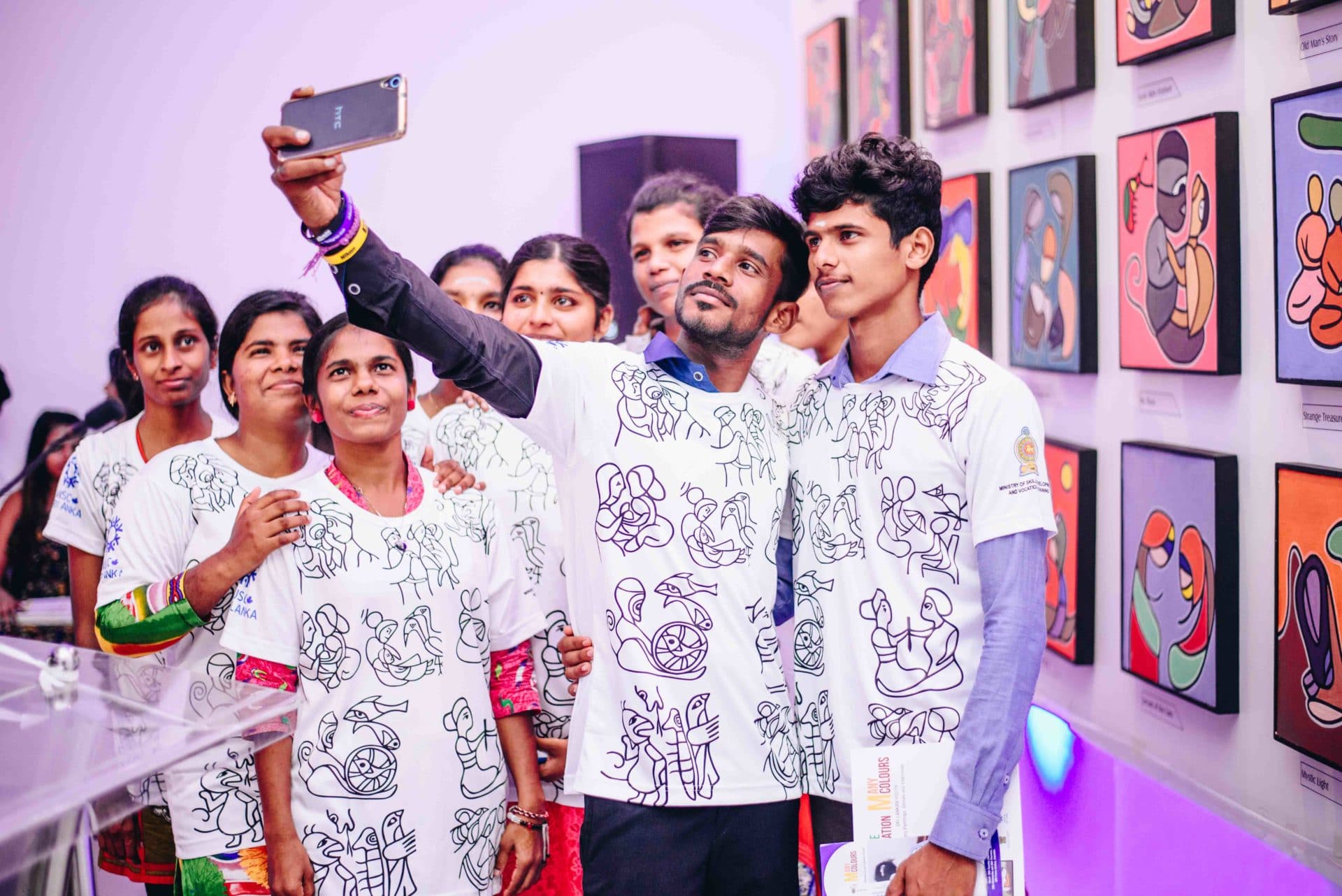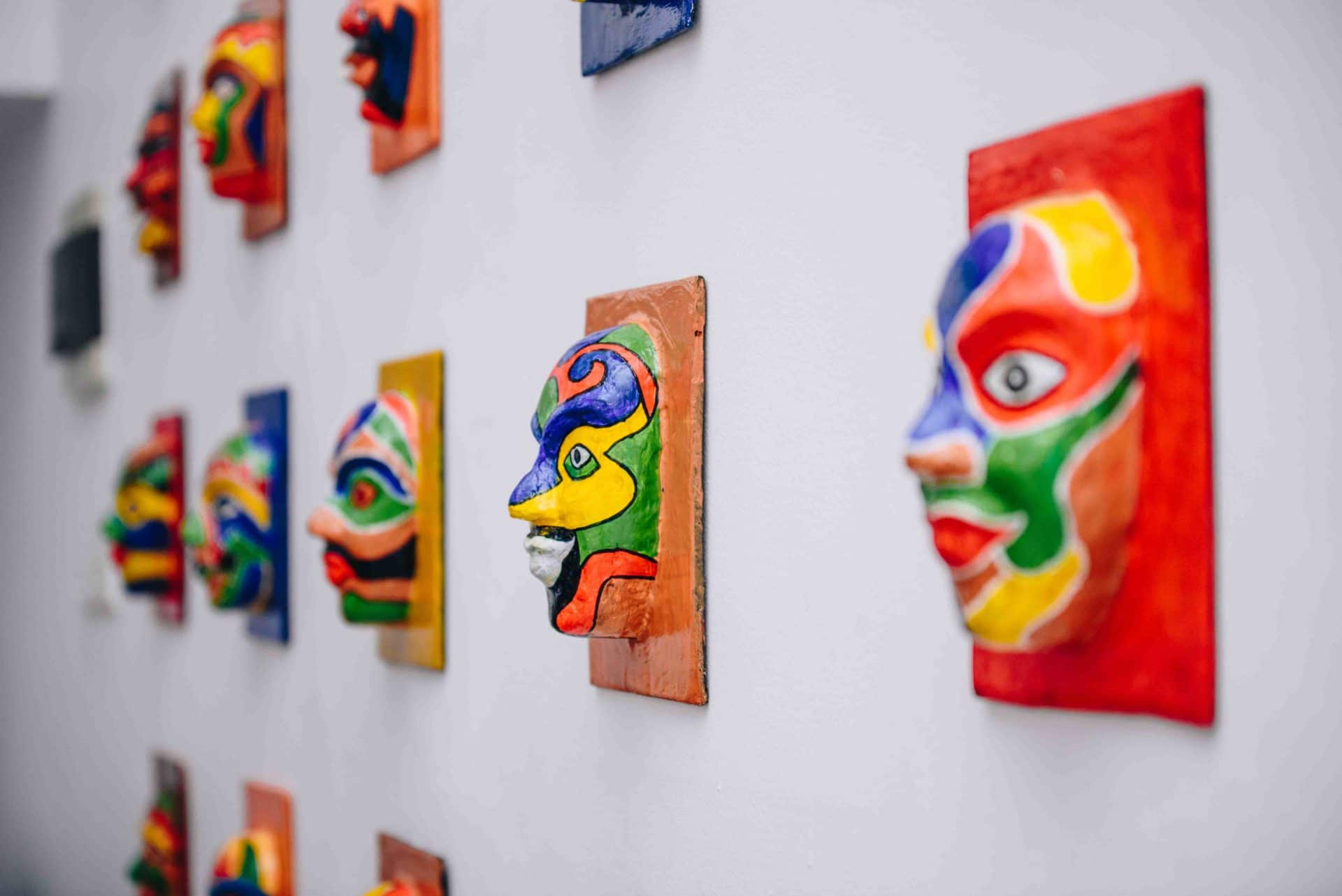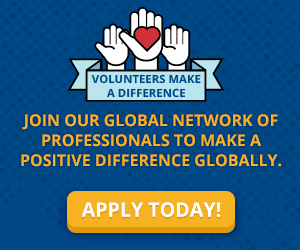
One Nation, Many Colours
A collection of Art & Stories by Sri Lanka’s Youth
Growing up in Sri Lanka, years of conflict has resulted in few opportunities for youth to interact with people from different regions or of different religions. Working across the country, we see the barriers these gaps in cross-cultural understanding have created. That is why peace and reconciliation has been an important aspect of our work.
Misconceptions about others have limited the opportunities available to youth. This has also limited the country’s potential for future economic growth. Helping youth develop these crucial cross-cultural skills can open up more employment opportunities. It can also contribute to more united national Sri Lankan identity and understanding.
Earlier this year, we hosted the “One Nation, Many Colours” art exhibit in Sri Lanka. This exhibit tells the diverse stories of young Sri Lankan women and men. It highlights the things that make them unique, as well as those that bring them together.
Many of these youth began as strangers, though they shared many commonalities. All youth participating in our Technical and Vocational Education and Training (TVET) programming, they have all faced – and overcome – many challenges in their lives as a result of poverty, conflict, and displacement. While they were a bit hesitant and uncertain at first, they began to open up and even form new friendships.
“I got [to meet] many new friends. Their language is different from us, we speak Tamil and they are talking in Sinhala, [but] we had a friendly chat and discussion, which was really good.” – Kunasekaram Shironiya (TVET student, Batticaloa, Graphic Design)

Participants of the art project pose for a selfie at the launch of the “One Nations, Many Colours” exhibit.
This project was first conceptualized by Canadian artist, Paul Hogan. He believed art could foster cross-cultural collaboration and understanding, transcending geography and language. To bring his vision to light, we partnered with the Sri Lankan Ministry of Skills Development and Vocational Training. We also engaged many local Sri Lankan artists along the way.
Leading up to the exhibit, art workshops were held in four regions of Sri Lanka: Matara, Tissamaharama, Kataragama, and Batticaloa. Partially-formed art would travel from one community to the next. At each stop, youth would come together to add their contribution.
Coming together for the art exhibit allowed the youth to express themselves in creative ways. It also provided a space for further self-discovery through storytelling, meditative rituals, and more hands-on art making.
Overall, this unique project allowed youth to step out of their comfort zones. They met people whom they would not normally have had the chance to interact with, learning to reconcile their differences through art. It gave them an opportunity to learn more about other youth in their country. It also gave them the chance to learn more about themselves.
“This activity created space to talk with others, regardless of their race, language, and religion, in unity, peace, and harmony. I feel very happy.” – Fathima Ayisha (TVET student, Ampara, Multimedia)
The artwork

“Shared Breath Balloons” were created collaboratively by Tamil and Sinhala youth, allowing them to overcome their language barriers. These balloons were created in two steps. First, pairs worked together during workshops held in Kataragama, where one member of the pair inflated the balloon, then the second member applied papier maché to preserve the shape. In the second step, the balloons were taken to a youth workshop in Batticaloa, where a new group of youth were told how the balloons were created and then took on the tasks of painting and varnishing to create the finished product.

“Mystery Paintings” are a form of healing ritual that involves painting and meditation, giving form to the unconscious energy that directs our lives. Mystery Paintings involve three steps, done individually by the youth in an effort to help them with self-discovery and healing. The first step, called the first impression involves a deep concentration. With their eyes closed, the youth draw flowing lines on a square canvas with black pen. The second step, called the second impression involves divination – erasing some of the scribble lines to find the “picture” that is lurking in there. Finally, the third step is when the youth will select and create colours and paint the figures that have appeared in the image.

“Peace Puzzles” were also a collaborative project. These works of art used some of the mystery paintings to allow youth to work together and create a bigger piece of art. Youth from both Matara and Tissamaharama workshops first had to select 12 “second impressions” from the mystery paintings. These 12 pieces were then copied, enlarged, and mounted on large 12-grid frames to form a puzzle-like mural. Then, the youth work together to rearrange the 12 tiles creating one long story out of the 12 individual images.

The final form of artwork shared at the exhibit was the mask, which allowed students from Sinhala, Tamil, and Muslim communities to work collaboratively to paint and varnish masks. These masks were made at workshops in Kataragama and Batticaloa where youth could paint the masks in any colour or pattern they wanted. The masks were artistic representations of the many colours that make up their nation.
“I never leave my village. This is the first time I came to Batticaloa, and the first time I could chat and sing together with Tamil friends. I never know when I will have another chance. I am so happy to be with them.” – Deekshan Amantha (TVET student, Ampara, Carpentry)

To view videos produced about the event, including footage from some of the youth workshops, please visit the following links:
One Nation, Many Colours – https://www.youtube.com/watch?v=ymcq_KeZ-Ew&feature=youtu.be
Mystery Paintings – https://www.youtube.com/watch?v=hGvZ8QYpY0I&t=46s
Peace Puzzles – https://www.youtube.com/watch?v=aLqHh6OvsMk
The youth workshops leading up to this exhibit were sponsored by WUSC’s project on youth skills development in Sri Lanka, which aims to aid marginalized youth get training and employment and promote peace and reconciliation in the country. For more information on the work that WUSC is doing in Sri Lanka, please visit: https://wusc.ca/initiatives/asset/
WUSC works to create a better world for all young people. To learn more, start here or subscribe to get highlights straight to your inbox. Interested in volunteering internationally? View our current opportunities. Looking for a new career opportunity? Check out our current job openings. Or show your support for our cause by making a donation.
